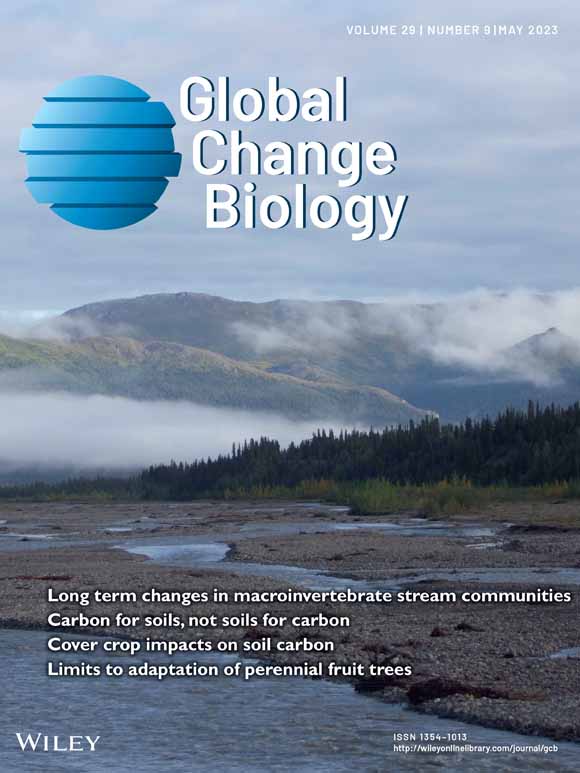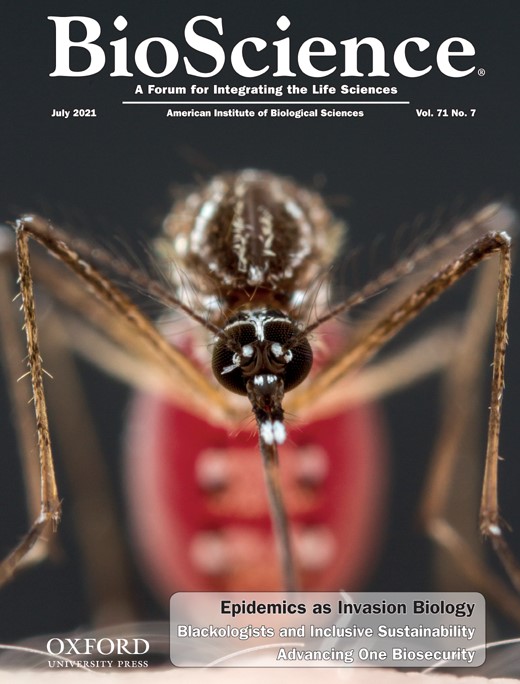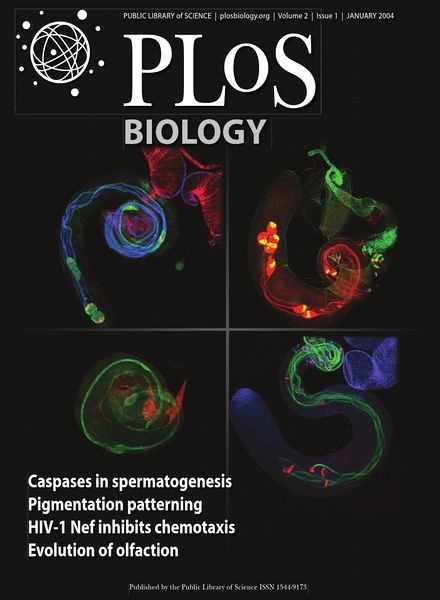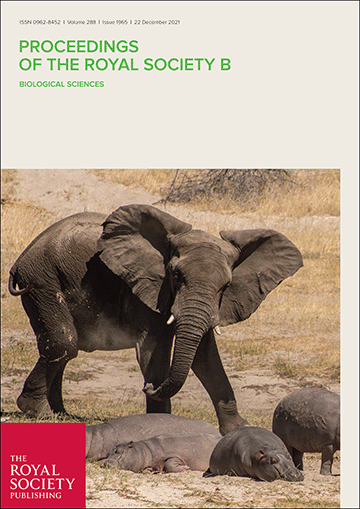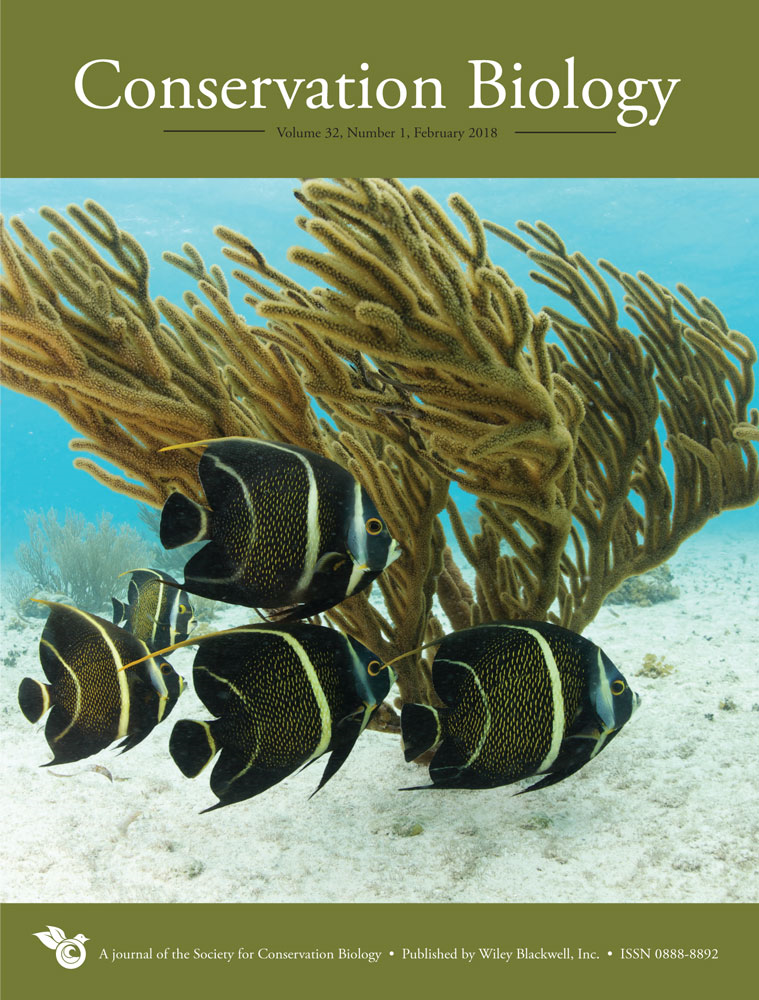- Topic:Biodiversity
A conceptual classification scheme of invasion science
Combining expert knowledge with literature analysis, this study developed a conceptual classification scheme of invasion science that allows to organize publications and data sets, guide future research, and identify knowledge gaps. The scheme features 5 major themes of invasion science that are divided into 10 broader research questions and linked to 39 major hypotheses of the field.
Excess mortality of infected ectotherms induced by warming depends on pathogen kingdom and evolutionary history
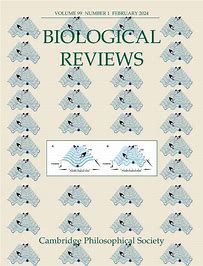
Taming the terminological tempest in invasion science
Rapid growth and the evolution of complete metamorphosis in insects
Insects undergo complete metamorphosis, rebuilding their bodies, such as the transition from caterpillar to chrysalis to butterfly. The authors wondered why this extreme lifestyle might have evolved. Combining growth data and mathematical modelling, they found that insects grow much faster if they can grow and build the adult body in two separate stages, rather than doing both continuously.
Effects of land cover and protected areas on flying insect diversity

The frequent five: Insights from interviews with urban wildlife professionals in Germany
The authors interviewed 36 urban wildlife professionals in 4 large cities in Germany. Red foxes, wild boars, raccoons, stone martens and Eurasian beavers were the five mammal species most frequently highlighted in interviews to cause human-wildlife conflicts. The interviewees emphasized the need to create refuges for beavers and better inform the public about foxes.

Differential survival and feeding rates of three commonly traded gastropods across salinities
This study investigates the establishment and impact risks posed by three readily available, traded snail species – Melanoides tuberculata, Tarebia granifera and Anentome helena – by assessing their survival and feeding responses across a spectrum of salinity levels.

Complete genome sequence of the marine mangrove fungus Sarcopodium sp.QM3–1 confirmed its high potential for antimicrobial activity
A modelling approach to assess climate change impacts on taxonomic and functional diversity of European stream macroinvertebrates: Implications for water quality monitoring
The authors used bioclimatic models to predict EU freshwater macroinvertebrate habitats. The future distribution of macroinvertebrates reveals significant regional variations. Functional diversity was projected to change less than taxonomic diversity. Changes in environmentally suitable areas will impact widely used biological indices.
